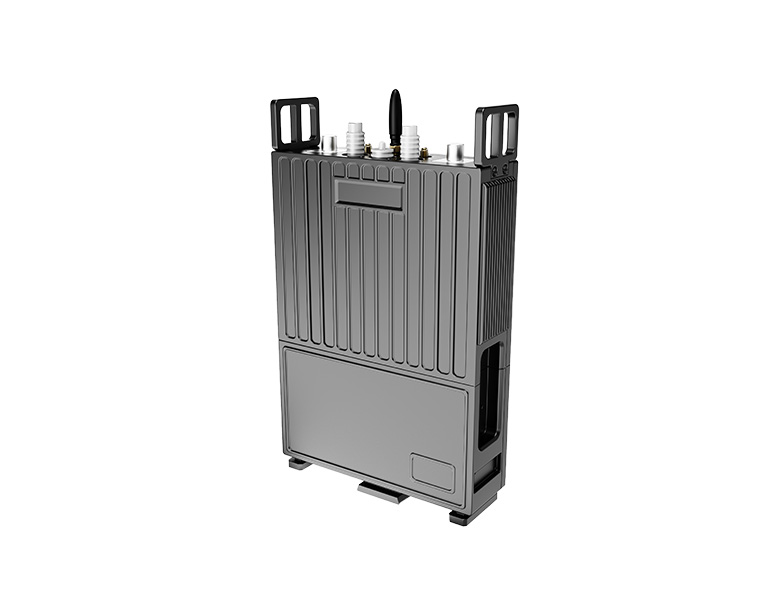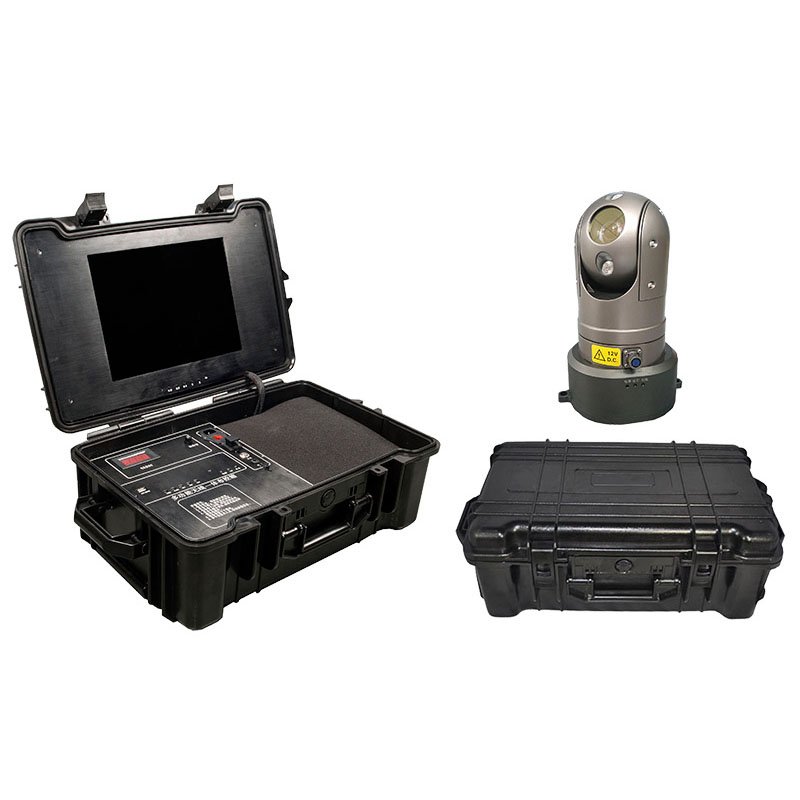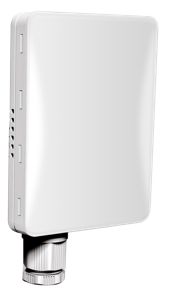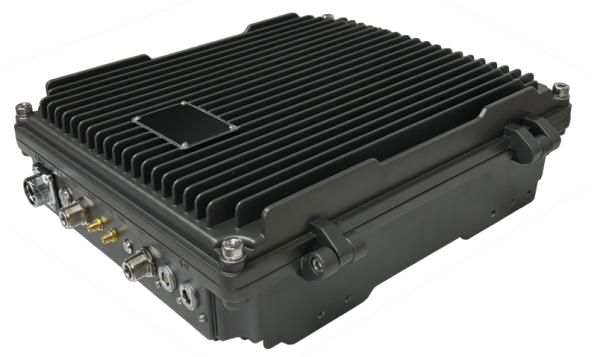IP Mesh Radios: The Future of Tactical Wireless Networking
In the modern world of digital communication, the demand for reliable, high-speed, and flexible wireless connectivity is rapidly increasing. Whether on the battlefield, in emergency rescue operations, or during live broadcasting events, traditional communication systems are often constrained by limited range, signal interference, and single-point failure.
To overcome these challenges, IP Mesh Radios have emerged as a revolutionary solution—transforming how tactical teams, drones, and command centers communicate in real time.
1. What Are IP Mesh Radios?
An IP Mesh Radio is an advanced wireless communication device that integrates Internet Protocol (IP) networking with mesh network architecture. Unlike conventional point-to-point or point-to-multipoint radio systems, mesh radios form a self-forming, self-healing, and fully decentralized network where each node acts as both a transmitter and receiver.
In a mesh network, every radio node can directly connect to other nodes, share data, and relay information dynamically. This eliminates the need for a central base station, enabling users to maintain communication even when one or several nodes are offline or out of range.
Essentially, IP Mesh Radios enable broadband, low-latency, and secure data exchange across multiple moving platforms such as vehicles, UAVs, and personnel in the field.
2. How IP Mesh Radios Work
The operation of an IP Mesh Radio system is based on multi hop transmission, adaptive routing, and real-time IP data exchange. Here’s how it works:
Self-Forming Network
When powered on, each IP Mesh Radio automatically discovers and connects to other nearby radios. They form a decentralized mesh topology without any manual configuration.
Multi-Hop Communication
Data can “hop” from one radio to another until it reaches the destination node. This greatly extends communication range and reliability, especially in complex terrains or obstructed environments.
Self-Healing and Adaptive Routing
The system continuously monitors signal strength, network traffic, and interference. If one link is lost, data is automatically rerouted through the next available path.
IP-Based Data Transmission
Because the radios transmit data using IP protocol, they can carry video, voice, control signals, and sensor data simultaneously—making them compatible with modern digital systems.
This combination of IP networking and mesh topology results in robust, scalable, and highly mobile communication systems suitable for tactical missions and industrial applications.
3. Advantages of IP Mesh Radios
a. Reliable and Redundant Connectivity
Unlike traditional radios with a central dependency, IP Mesh Radios provide network redundancy. Even if one node fails, communication continues automatically through other routes.
b. High Data Throughput
IP Mesh Radios are capable of broadband transmission, supporting multiple HD video streams, real-time voice, and telemetry data without noticeable delay.
c. Rapid Deployment
Since mesh radios self-form and self-configure, field teams can deploy communication networks instantly—ideal for emergency rescue, military operations, and temporary event setups.
d. Scalability
Adding more radios automatically expands the network without manual configuration. This makes it perfect for UAV swarm communication or large-area coverage.
e. Secure and Encrypted
Advanced IP Mesh Radios use AES encryption and secure authentication protocols to ensure that sensitive data remains protected from interception or tampering.
f. Mobility and Stability
Even in fast-moving scenarios—vehicles, drones, or boats—the mesh network remains stable and adaptive, maintaining seamless connectivity between all nodes.
4. Applications of IP Mesh Radios
1. Military and Defense
IP Mesh Radios are widely used for battlefield communication, command and control, and tactical video transmission. They enable soldiers, vehicles, and UAVs to share real-time information securely, even in environments with limited infrastructure.
2. Public Safety and Emergency Response
In disaster areas where traditional networks fail, IP Mesh Radios instantly create ad hoc communication systems for rescue and coordination teams—transmitting live video, GPS data, and voice.
3. UAV and Robotics Communication
For drones, unmanned ground vehicles (UGVs), and surface vessels, IP Mesh Radios ensure long-distance, low-latency data transmission between machines and control centers.
4. Industrial IoT and Infrastructure
In industries such as mining, energy, and transportation, IP Mesh Radios connect sensors, cameras, and control units for remote monitoring and automation.
5. Broadcasting and Live Events
Outdoor broadcasters and production crews use IP Mesh Radios to send real-time HD video wirelessly, reducing the need for cables and ensuring smooth, low-latency feeds.
5. The Future of Tactical Wireless Communication
As 5G, AI, and edge computing continue to evolve, IP Mesh Radios are expected to become even more intelligent, efficient, and autonomous. Future networks will feature:
Higher bandwidth with ultra-low latency
AI-based routing for optimal data flow
Seamless integration with satellite and cellular networks
Software-defined radio (SDR) technology for flexible frequency management
This next-generation evolution will empower military units, UAV fleets, and IoT ecosystems with uninterrupted, adaptive, and intelligent communication—anytime, anywhere.
6. Why Choose TuQian IP Mesh Radios
TuQian is a leading provider of advanced wireless transmission systems and IP Mesh Radios designed for professional, tactical, and industrial use. With years of R&D experience and field-tested performance, TuQian delivers communication solutions that combine high performance, security, and flexibility.
Key Features of TuQian IP Mesh Radios:
Real-time HD video, voice, and data transmission
Self-forming and self-healing mesh networking
Support for 2.4GHz, 5.8GHz, and custom frequency bands
AES-encrypted communication for secure operations
Compact, ruggedized design for outdoor and mobile environments
Full compatibility with UAVs, vehicles, and ground control systems
TuQian’s IP Mesh Radios are trusted by professionals in military, emergency response, and industrial sectors for their reliability, performance, and long distance communication capabilities.
7. Conclusion
In an era where real-time, secure, and scalable communication defines mission success, IP Mesh Radios stand out as the backbone of next-generation wireless networks. They enable tactical forces, rescue teams, and autonomous systems to remain connected—no matter how dynamic or challenging the environment.
TuQian IP Mesh Radios bring innovation, stability, and intelligence to your communication network—helping you stay connected without limits.
-
 2025-10-30
2025-10-30 -

What Is Wireless Data Transmission and How Does It Work?
2025-09-26 -
What are the Applications of Ad Hoc Wireless Network?
2025-09-11 -

What Are Point to Point Wireless Bridges Often Used For?
2025-09-05 -

MESH Networking Module Selection Guide: From Dismounted Soldiers to UAV Applications
2025-08-28 -

What Is a Point to Point Wireless Bridge Connection?
2025-08-07 -

What Is the Difference Between a Wireless Network and an Ad Hoc Network?
2025-07-16









